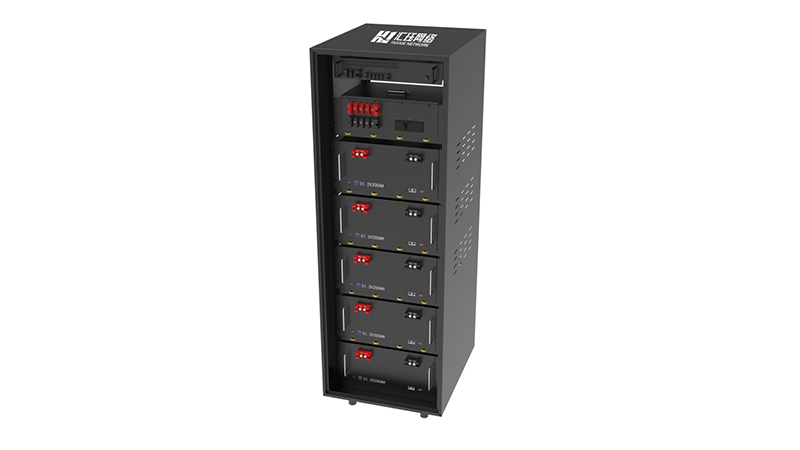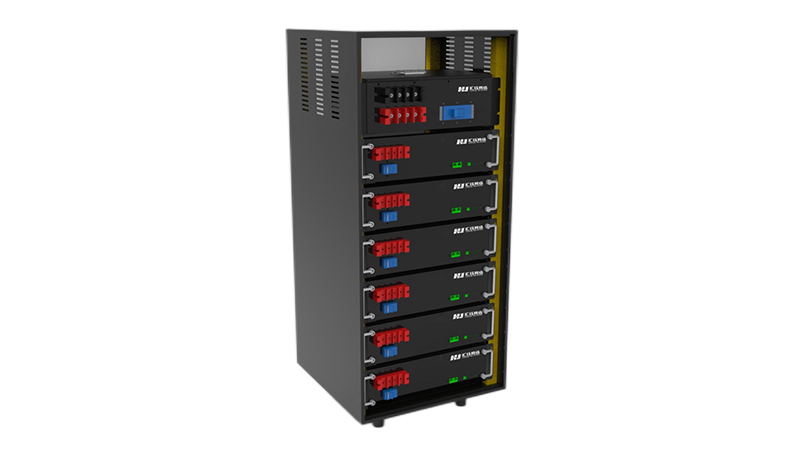
Key Design Points of Lightweight All-dielectric Self-supporting Optical Cable Line
01 Introduction
At present, the focus of home broadband construction is gradually shifting from cities to rural areas. Since China Mobile’s self-owned pole road resources in rural areas are relatively scarce, and the cost of self-built pole roads attached to optical cables is as high as 20,000 yuan/km, many rural areas do not have the possibility of home broadband construction due to the high construction cost per household. feasibility.
If the light-duty all-dielectric self-supporting optical cable is attached to the power pole road, the construction cost of the optical cable can be reduced to less than 5,000 yuan/km, which can greatly reduce the construction cost of rural broadband.
02
Structural features and main mechanical properties
2.1 Structural characteristics of optical cable
Lightweight all-dielectric self-supporting optical cable is a non-metallic optical cable with small structural size and light weight; the cable itself has its own suspension wire, and it does not need to be attached by steel strands when laying; the structural size and unit weight of the optical cable are shown in Table 1 .
Table 1 Structural dimensions and unit weight reference table of light self-supporting optical cable
The light-duty full-dielectric self-supporting optical cable is a non-metallic reinforced suspension wire, a central tube filling type, and a non-metallic fiber reinforced-polyethylene sheath 8-shaped self-supporting structure. The type is GYFXTC8F. The product structure is shown in Figure 1.

Figure 1 Schematic diagram of GYFXTC8F optical cable structure
2.2 Main mechanical properties of optical cable
The mechanical properties (bending radius, allowable tension and lateral pressure) of the lightweight all-dielectric self-supporting optical cable are shown in Table 2.
Table 2 Some mechanical properties of optical cables
Due to the poor flexibility of the strength member in the light all-dielectric self-supporting optical cable material, the radius of curvature of the optical cable is relatively large; although the allowable tension of the optical cable is larger than that of ordinary optical cables, it is only 1/15 of ordinary overhead optical cable strands ( The long-term allowable tension of ordinary optical cable is 600N, and the breaking force of 7/2.2 steel strand is about 30,000N).
03
Scope of application of optical cable
The performance characteristics of the light-duty full-dielectric self-supporting optical cable and the laying conditions attached to the power line make the scope of application of the optical cable line quite different from that of the ordinary overhead optical cable line.
The light-duty full-dielectric self-supporting optical cable is suitable for access projects such as home broadband, customer collection, or wireless small and micro station access. It should not be used in backbone optical cable lines and backbone access optical cable line projects; it should be used at the end of the access line. , especially at the end of the rural home broadband access project and in urban villages and other scenes where the power line is relatively messy.
Optical cables should be self-supporting aerial laying using power poles, walls or other buildings, and other laying methods are not suitable; they can be attached to power poles with a voltage of 10kV or below, and must not be overlaid on power poles with a voltage above 10kV.
The following cable sections are not suitable for light-duty all-dielectric self-supporting cables:
(1) Macro base stations and private line access lines with high service levels;
(2) Sections where more than 2 optical cables need to be laid on the same line or the optical cables need to be expanded within 2 years;
(3) Paragraphs with a large number of joints in the same optical cable and a small average spacing between the joints;
(4) Paragraphs that cross traffic arterial roads or cross roads multiple times.
In order to reduce the loss when the cable fails, the number of cores of the light all-dielectric self-supporting optical cable should be mainly 6 cores and 12 cores, and the maximum should not exceed 24 cores.
04
Optical cable laying and installation design
4.1 Optical cable laying sag and span
Since the allowable tension of the light all-dielectric self-supporting optical cable is small, a sag should be left during installation; the sag is the ratio of the sag to the span, as shown in Figure 2. The greater the sag, the smaller the tension on the optical cable. However, since the light self-supporting optical cable is laid under the power line, when the sag is large, the distance between the optical cable and the ground may be insufficient. Generally, the sag of the optical cable in winter is required to be 1.0%, 1.5% in summer.
Figure 2 Sag of optical cable
The distance between light-duty full-dielectric self-supporting optical cables is generally not more than 50 meters, and the maximum is not more than 100 meters; the maximum distance across the road is not more than 70 meters. Appropriate reinforcement measures shall be adopted for paragraphs whose spans exceed the requirements.
4.2 Selection of supporting main materials for optical cables
When the light-duty full-dielectric self-supporting optical cable is attached to the pole, it is advisable to use a steel belt hoop as a fixed point. The appearance of the steel belt hoop is shown in Figure 2. The steel belt hoop mainly includes stainless steel lock buckle, hook seat and cable hook; generally, the steel belt hoop with an adaptive range of φ100-200mm is used for fixing on the road of communication poles, and the steel belt hoop with an adaptive range of φ200-300mm is used for fixing on the road of power poles. Strap hoop.
Figure 3 Appearance of steel belt hoop
When the light-duty full-dielectric self-supporting optical cable is laid along the wall, the C-ring fixing piece can be used for fixing when the span is small, and the traditional U-shaped pull-up or straight-line pull-up can be used as the fixing point when the span is large. The appearance is shown in Figure 3.
Figure 4 Appearance of the C-type fastener
The light all-dielectric self-supporting optical cable should be fixed at the fixed point with a wedge-shaped clamp. The appearance of the wedge-shaped clamp is shown in Figure 4.
Figure 5 Appearance of wedge clamp
Since the self-supporting optical cable connection needs to disconnect the suspension wire, the optical cable splice box can only be installed in places where the optical cable suspension wire is easy to terminate, such as walls and poles, but not in the suspended section of the optical cable. In order to facilitate the fixing of the joint box, a cap-type joint box should be used.
4.3 Laying of optical cables on power lines
When the light-duty full-dielectric self-supporting optical cable is attached to the power pole road, it should be erected under the power line. In order to ensure the safety of the construction personnel during construction operations, a certain distance between the optical cable and the power line should be maintained. The minimum clear distance between the optical cable and the power line See Table 3. The optical cable shall not pass directly through the transformer, and it is strictly forbidden to work on the pole directly under the power line.
Table 3 Minimum clear distance between optical cable and power line (unit: meter)
Due to its small tensile strength, it is difficult to reserve the light self-supporting optical cable in the middle of the power pole; if it is reserved on the power pole, it will affect the operation of the power maintenance personnel on the pole; so the light self-supporting optical cable is attached No reservation is made when connecting the power line.
05 Conclusion
Due to the low construction cost, light-weight all-dielectric self-supporting optical cables have begun to be used on a large scale in rural broadband projects in many provinces and cities. However, optical cables are mainly laid on power poles, and safety should be paid attention to during construction and future cable maintenance. The allowable tension of the light-duty all-dielectric self-supporting optical cable is small. If the optical cable line encounters natural disasters such as strong winds and ice, it may cause damage to the optical cable line. These are unavoidable problems in engineering construction.



